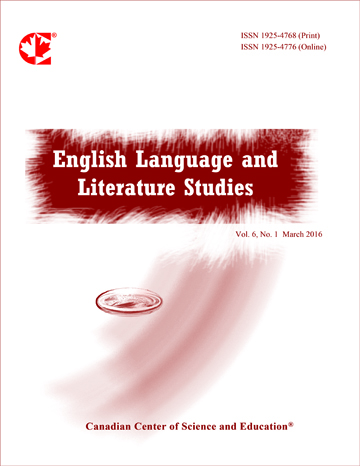The Reception of Milton’s Samson Agonistes in Coleridge’s Remorse
- Takehiro Hashimoto
Abstract
The present study explores the influences of Milton’s Samson Agonistes on Coleridge’s Remorse in terms of poetic dialogue. Poetic dialogue is an open-ended poetic collaboration between authors consisting of various poetic forms of literature (Magnuson, 1988). The study of such literary collaboration is usually concerned with contemporary authors. This study, however, proposes that poetic dialogue is possible between Coleridge and precedent poets. Magnuson (1988)’s theory of poetic dialogue found that there are two collaborative processes of the negation and application of the character. In the process of negation, Coleridge denies the image of being surrounded by a swarm of dangers of hornets in Milton’s Samson Agonistes. Coleridge changes the figurative expression of hornets to the figurative expression of coldness to express his romantic imagination. In the process of the application of the character, Coleridge uses Dalila’s argument which evades responsibility in Milton’s Samson Agonistes. The main character in Coleridge’s Remorse, Ordonio, changes the focus of the argument from individual fault to something that can happen to everyone. This, in turn, increases Ordonio’s affliction later. Coleridge transfuses Dalila’s character into Ordonio so that the degree of tragedy increases. With these poetic dialogues in mind, the paper concludes that Milton is an interlocutor of poetic dialogue as if Milton is in front of Coleridge. Coleridge can conduct dialogue with Milton, allude to and revise Milton’s poems, and generate open-ended dialogic poems. This dialogue, in turn, would change and enlarge Milton’s poetic space.
- Full Text:
 PDF
PDF
- DOI:10.5539/ells.v6n4p1
